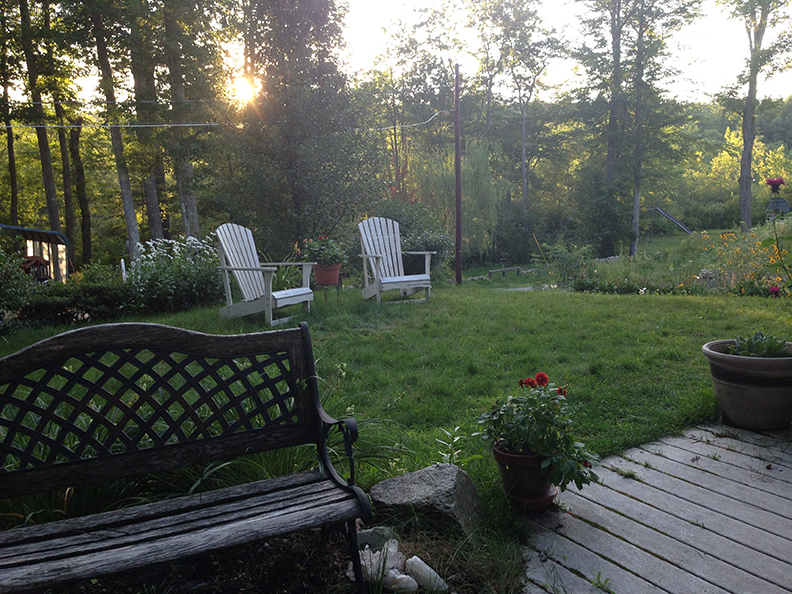
The more I gave thought to writing about hospice and dying, the more I found that I resisted writing.
It was that death used to be part of life, an expected event that almost always arrived quickly, death has now become an event that we are able to influence and for a moment on some occasions, even seem to be beat. Many have beaten cancer, survived unimaginable trauma, overcome heart disease with innovative surgeries. In fact, I know a woman who wears her heart on her back, literally. While she waits for a heart transplant she and about 1,000 others are now able to wear a heart pump in a backpack. Weighing about 13 pounds, it will help to oxygenate blood and pump it throughout the body, essentially replacing the heart that is no longer working effectively. http://www.syncardia.com/2014-press-releases/itemid-1658.html
Talk about beating death.
We live in an age where our medical advances have permitted us to extend life. At 16 with a failing heart I don’t know anyone who wouldn’t take the opportunity, the gift of another day, another month, another year.
There is no denying, however that we will all reach the point at which life can no longer be prolonged. For the oldest of the old, those over 85, bodies have worn out, transplants are not an option, and the next phase must be stared at squarely in the eye and, for good reason, accepted. Because it is inevitable. One day we will die.
Sometime in the 20th century we became what many call a death denying generation. In the cockiness of medical advances we no longer found accepting death acceptable. We became a society that valued youth, productivity and independence, and we began devaluing age, family and interdependent caring. http://endoflife.northwestern.edu/introduction/what.cfm
Prior to the incredible medical advances seen after World War II, most people in the USA died quickly, and in the 1800 and early 1900s death often occurred at home with family nearby as there was little time to respond to a grave illness. By 1949 50% of all deaths occurred in institutions and by 1992 only 20% of deaths occurred at home. This despite the fact that 90% of those asked state they want to die at home. http://endoflife.northwestern.edu/introduction/what.cfm
Where is the disconnect? How can our end of life wishes be fulfilled?
First and foremost is education. We need to become educated about what our loved ones want, to accept that it is likely to die at home, and then to become educated as to how we can support that desire to the best of our ability. As you learned in part 1 of this series, I learned that the hospital is not where I want to be if I am given the gift of approaching death slowly and with the ability to make choices.
These are difficult discussions and for that reason, the primary block to having our family members’ wishes about dying understood. Often I hear an elderly person say that their family will not let them talk about their death. As if not talking about it will mean it will not happen.
Take the first step and ask your loved one what they hope for at the end of their life. Remember that your loved one was likely there for you when you wanted to talk about graduation, falling in love, raising children, your hopes, dreams, and desires for life. Do the same for them in death. Ask. Listen. Take notes. Let them know it is out of love that you want to respect them to the end.
If you were not fortunate enough to have the loving support of family throughout your life, give this gift as the first step in changing a trend. The way we treat our loved ones will be witnessed. It is the only way our children will learn how to care for us at the end of our lives.
Think about it, write about it. Talk about it. Perhaps use this article to initiate.

